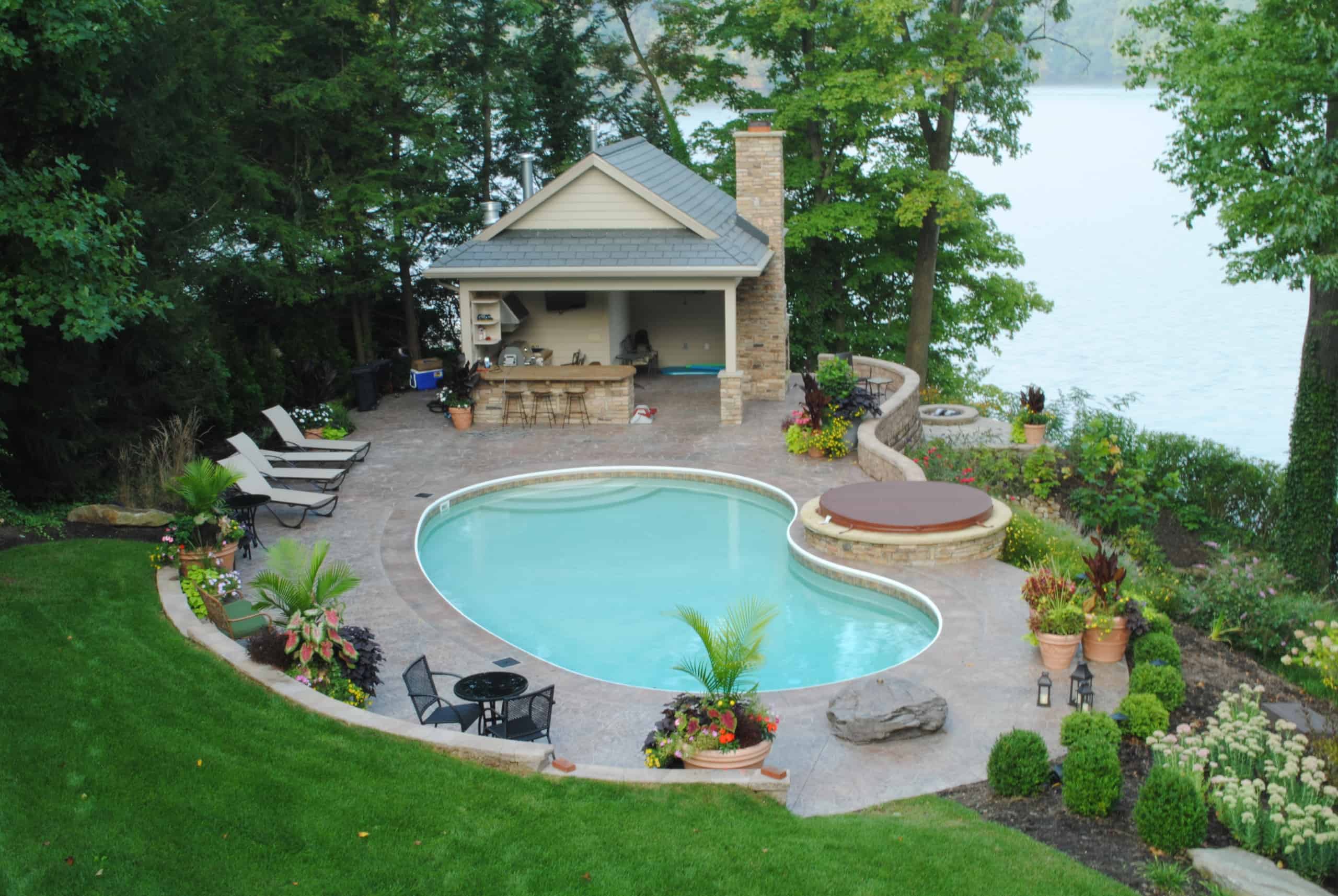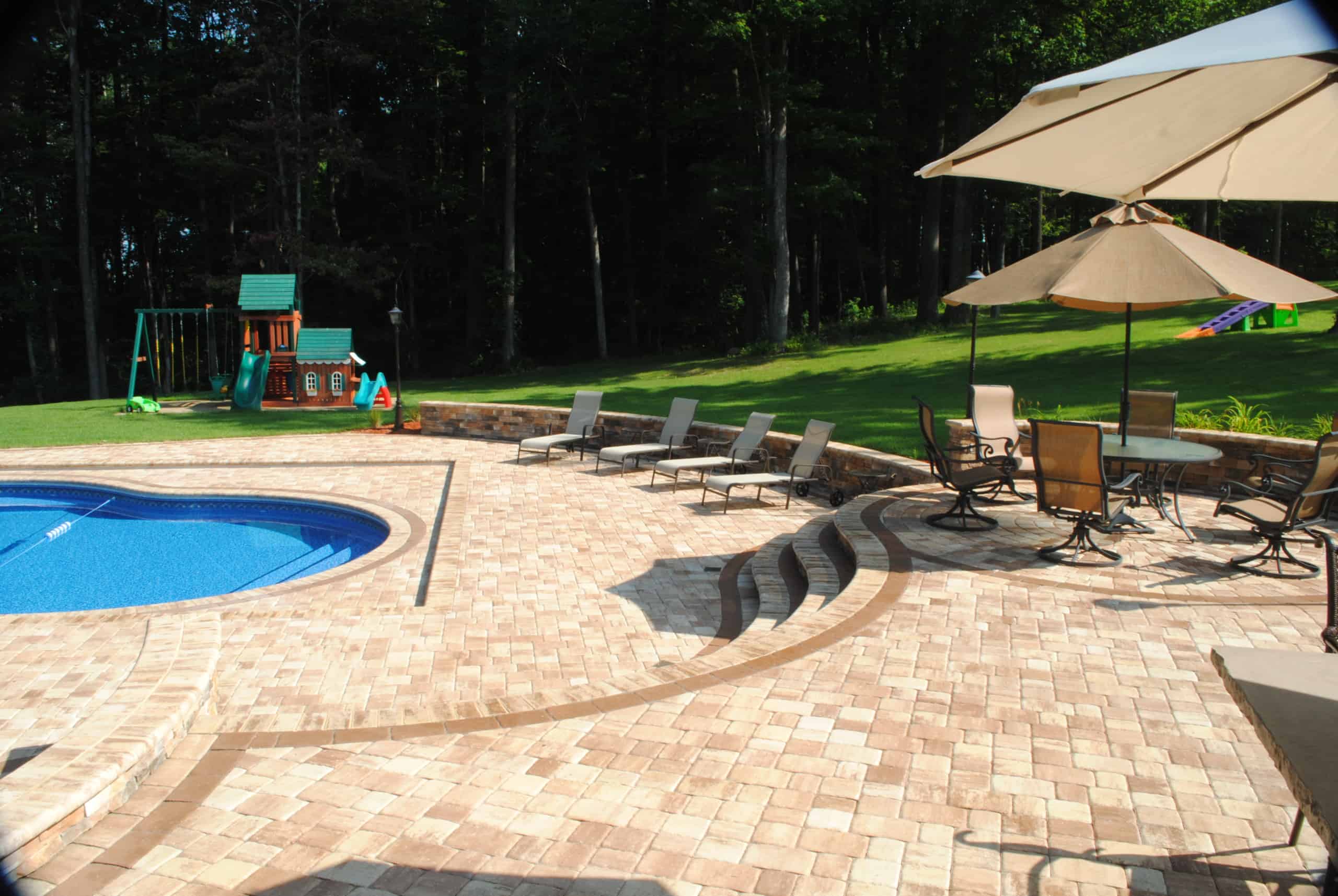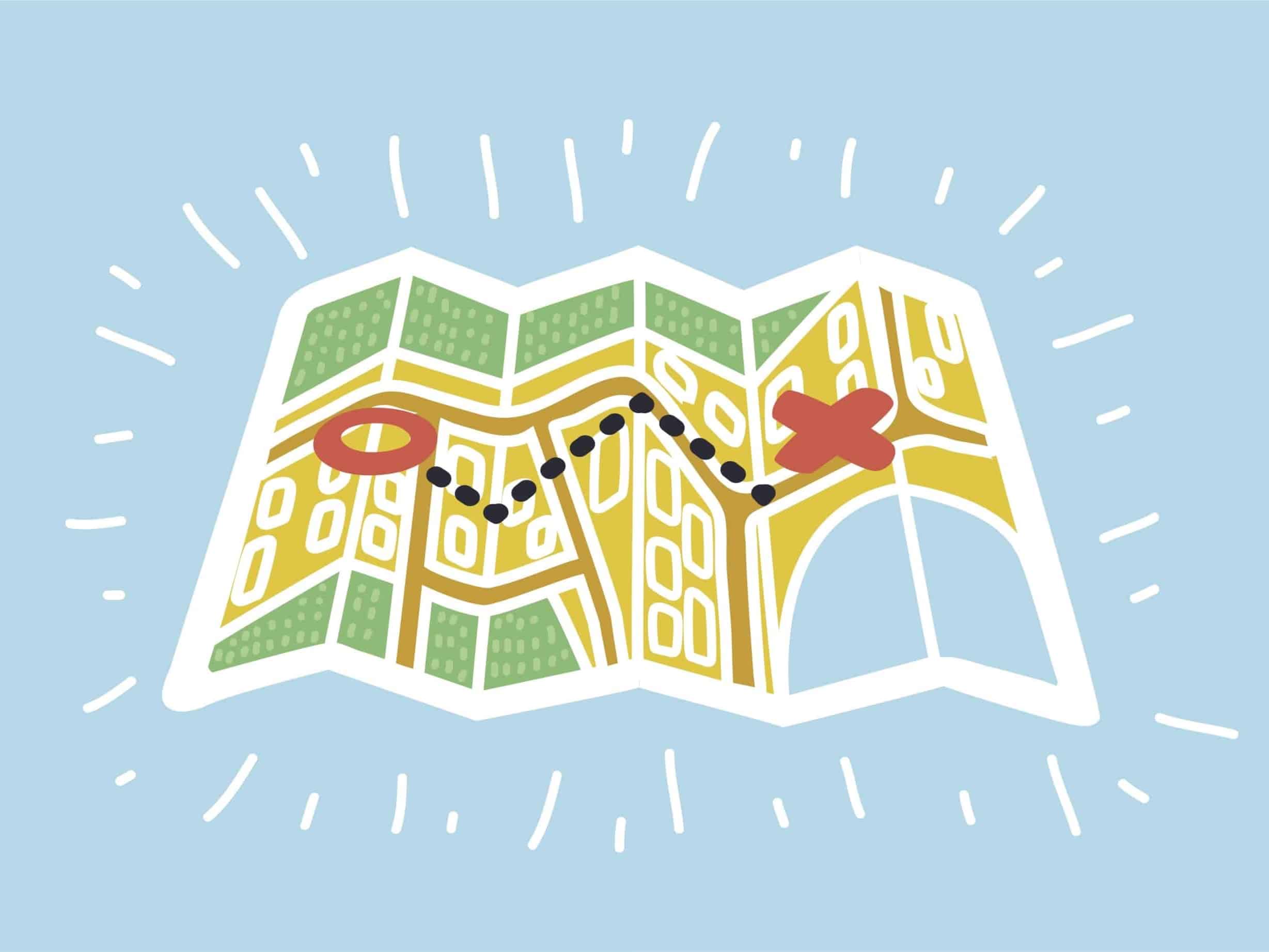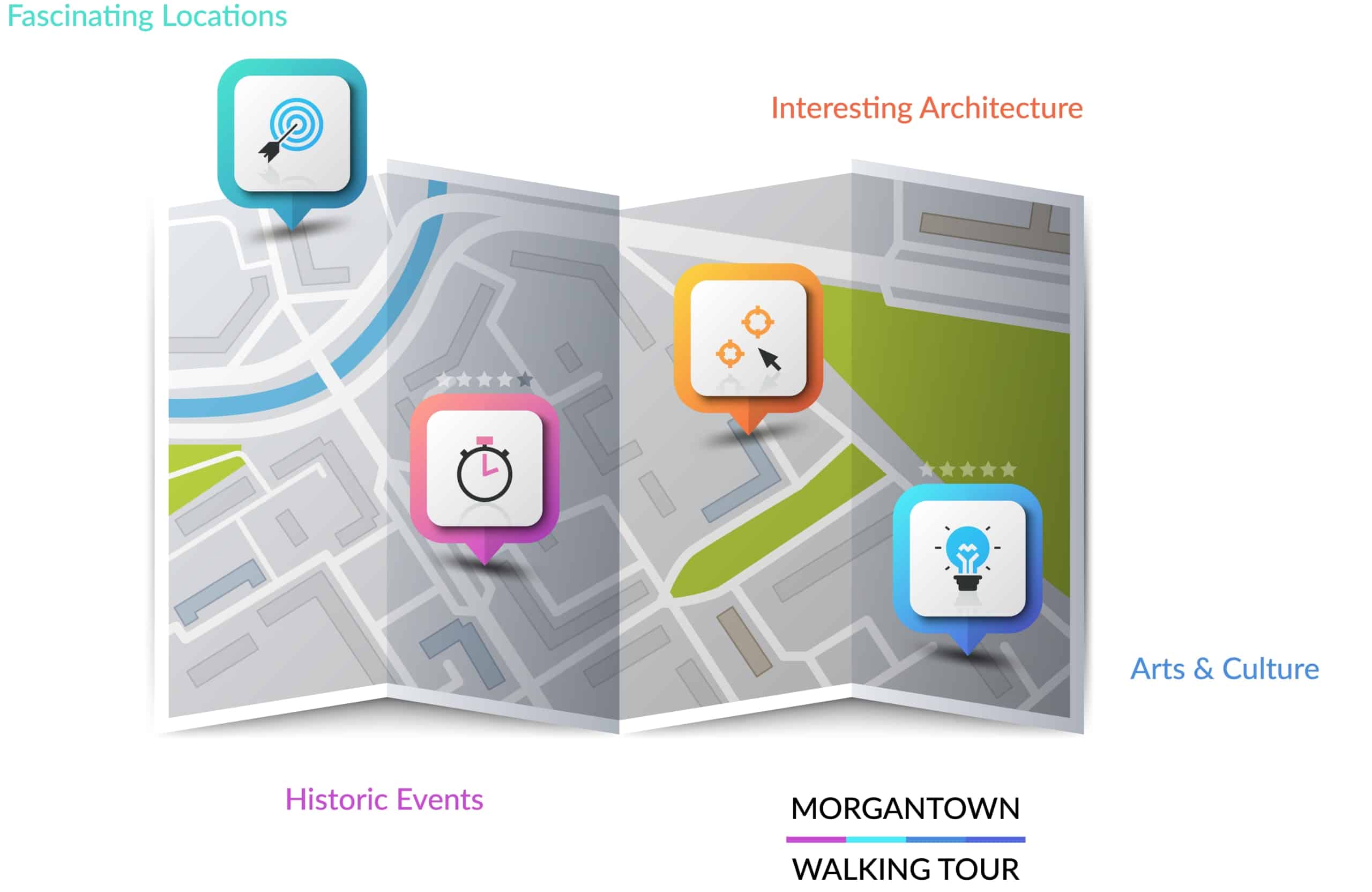Keep Your Kids Engaged, Entertained, and Educated in Your own Backyard
Across the last couple of years — especially during pandemic-related shutdowns — more Americans came to appreciate the benefits of spending quality time at home. Of course, many also discovered that a stale environment leads to a boring home life. This is even more true for children, who find it difficult to learn without the stimulation of engaging activities. Simply put, a child’s home environment has significant, lifelong effects on learning.
At the same time, according to Harvard University, the COVID pandemic resulted in a record increase in investments to improve our living spaces. For some, this meant adding a bedroom, upgrading a playroom, or installing a new entertainment system, but what about those perfect summer days? After all, childhood wasn’t meant to be lived indoors.
At White Diamond Realty, we know that a safe and educational outdoor environment for children is important. To get the latest on what Morgantown area homeowners are doing, we gathered some expert ideas to help get kids the playtime — and engaged learning — they need during uncertain times.
Expert advice for creating outdoor spaces
Most people appreciate the value of hiring a professional contractor to build a new room, yet some homeowners still try to cut corners on landscape features by trying to do the work themselves. This approach can lead to major headaches, while devaluing the potential of your property.
A better option is hiring a professional landscape architect. These trained professionals know how to integrate new features into an overall landscape system. They also help select the best materials, reduce ongoing maintenance requirements, prevent unwanted erosion (or mud), and can even help lower your utility bills by selecting the best location for that shady tree.
From the big picture to minute details, hiring a landscape architect is a proven path to ensure that outdoor additions add value to your property — both now and in the future. That’s why we contacted Michael R. Biafore, the president of Biafore Landscape Development. His perspective was so enlightening that we’re splitting this blog into a series of two highly informative parts. Soak up all the expert advice in Part One below!
A sandbox as big as your imagination
Biafore says that after school attendance was restricted during COVID, keeping younger children engaged with learning became an even higher priority for his clients. As a result, he’s seeing more clients opt for fun, yet educational landscapes. One such feature is a Learning Sandbox.
“Digging a pit with a drain and filter cloth, filling it with play sand, and surrounding it with boulders provides an environment for parents to bury toy dinosaurs, bones, arrowheads and other relics for their children to excavate, identify and research,” says Biafore.
“We have also had a request for a ‘Fairy Garden,’ which provides a small, magical spot in your yard for your children to focus their imagination on small details of nature.”
Another idea delves into valuable concepts like sustainability and food sourcing. As an example, Biafore describes a yard with a playhouse and garden where kids can enjoy lunches or tea parties. Raising herbs, edible flowers, and fruits teaches children not only an enjoyable pastime but also provides fun lessons in botany and seasonal eating. “Of course,” he adds, “with all edible gardening activities, educating children about what is edible and what is not becomes an essential part of the learning experience.”
Grow smart kids with great gardens
Some parents go all in with the garden feature. One popular solution in the Morgantown area is a Children’s Learning Garden. Whether it’s an in-ground garden, raised beds, or a container garden, researching and growing edible plants opens a whole new world of horticultural learning for kids.
“Space constraints help dictate the type of garden design,” Biafore explains, “but there is always a bountiful harvest to enjoy.”
Tune in later this week
Speaking of space constraints, we’ve run out of room in this blog. Click here for the rest of Michael Biafore’s expert observations.










